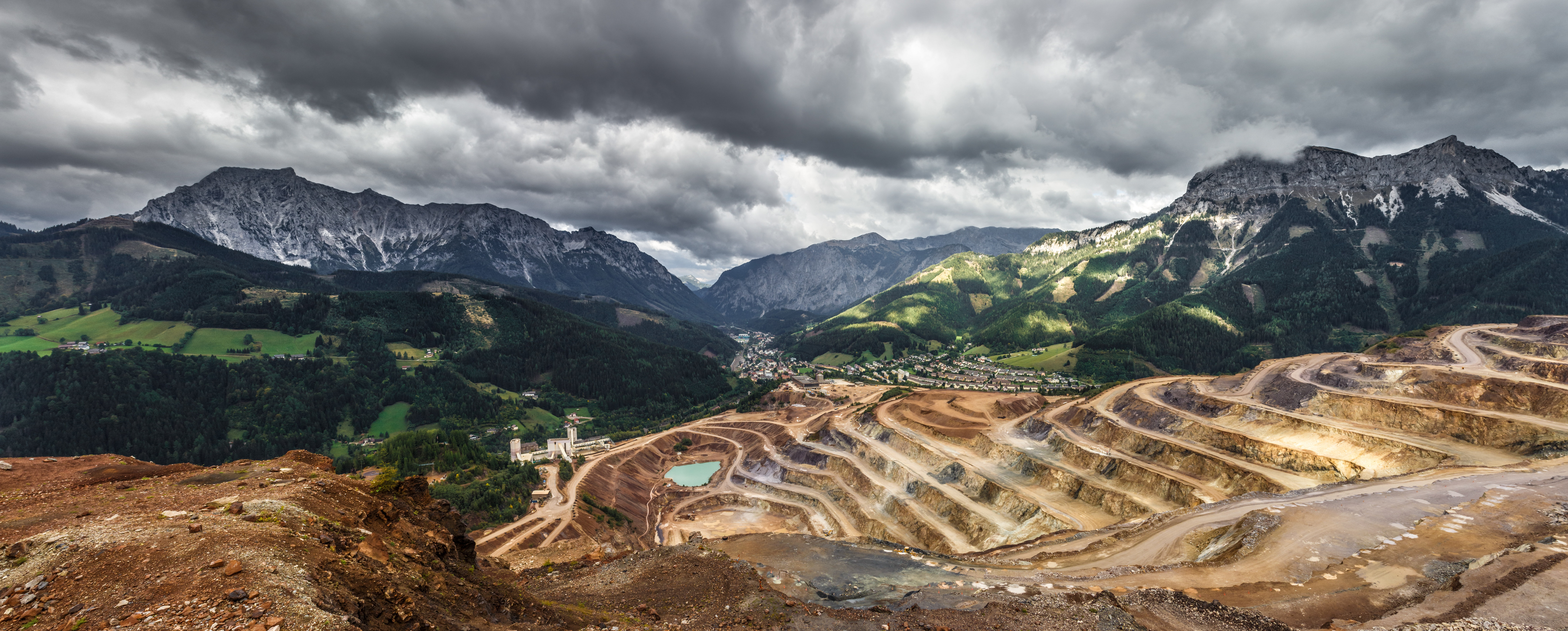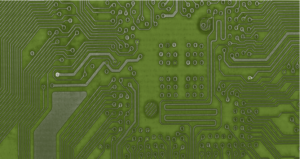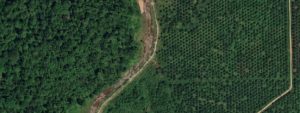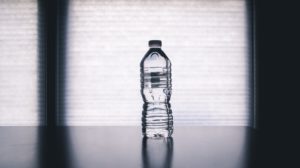Our current ‘take – make – discard’ way of exploiting resources can no longer go on, as it is leading to the depletion of Earth’s resources and threatening the survival of the human species. A recent report of the United Nations Environmental Programme (UNEP) shows that 90% of biodiversity loss (extinction of animal and plant species) and water stress are caused by resource extraction and processing.
Extractive industries are responsible for half of the global carbon emissions. Resources are being extracted three times faster than in 1970, even though the population has only doubled in that time. From 2000 to 2015, climate change and health impacts from extraction and production of metals duplicated.

Minerals and metals contribute to nearly every sector of the world economy. We need metals for the production and storage of clean renewable energy, electric vehicles, electronics, digital communication, and biomedical devices. A huge long-term challenge is to meet the mineral resource needs of an increasing global population expected to reach 8.5 billion by 2030, 9.8 billion by 2050, and 11.2 billion by the end of the century.
One possible way to avoid resource extraction is to recover resources from waste. Usually, we only try to avoid pollution originating from waste, but we need to focus now on how to recover valuable resources (energy, metals, nutrients) from the wastes we generate. We can recover energy by incinerating waste, but we still have leftover ashes. We produce 46 million tonnes of ashes (weight equivalent to 230 thousand blue whales) from municipal solid waste incineration annually in the world. These contain metals in concentrations similar to low-grade ores, and we should recover the metals in them.
Bacteria can help us. Bioleaching is a process used in mining to extract metals using bacteria adapted to live in extreme environments – with high concentrations of metals and very acidic (corrosive) or alkaline (bleach like) conditions. Bacteria feed on nutrients in the minerals, such as iron or sulphates, allowing the metal to separate from the rock.
Living in extreme environments calls for creative adaptations. Some species of bacteria that exist in oxygen-deprived environments found a way to breathe that doesn’t involve oxygen. These tough microbes, which can be found deep within mines, at the bottom of lakes, and even in the human gut, have evolved a unique form of breathing. Whereas animals and plants transfer their electrons to oxygen inside the mitochondria of every cell, bacteria in environments with no oxygen — including our gut, but also alcohol and cheese fermentation vats and acidic mines — have to find another electron acceptor. In geologic environments, that has often been a mineral — iron or manganese, for example — outside the cell. Other bacteria breathe by excreting and pumping out electrons. These allow them to remove electrons produced during metabolism and support energy production. These microbes can actually produce electricity and are called electroactive bacteria.

Microorganisms can efficiently extract metals even if their concentration is low, lowering the production costs and causing less pollution when compared with traditional methods (using acids or cyanide for example). Bacteria can grow naturally in mining environments and can also be easily cultivated and reused. Bioleaching can be a cheaper and greener alternative to recover metals from waste. However, bioleaching of wastes was never tested at pilot scale and most of the research was only performed in the lab. We still need to improve the process and collect more data at bigger scales to make it possible.
Scientists and engineers are exploring ways to harness electroactive bacteria to run fuel cells, purify sewage water, recover metals and produce organics from carbon dioxide. Bioelectrochemical systems – engineered systems that use microbes to convert chemical energy stored in biodegradable organic matter to bioelectricity and chemicals – can also be used to recover metals from waste. An example is the recovery of copper from wastewater from the bottom of the copper stills used for making whisky using this new biotechnology. In the near future, it will be possible to recover energy, metals and nutrients from different types of waste using the powers of bacteria.





blog3007
12 Apr 2020Hi would you mind sharing which blog platform you’re using?
I’m planning to start my own blog in the near future but
I’m having a hard time selecting between BlogEngine/Wordpress/B2evolution and
Drupal. The reason I ask is because your design and style seems
different then most blogs and I’m looking for something completely unique.
P.S My apologies for getting off-topic but I had to ask!
HIGo
20 Apr 2020Hi
We are using WordPress. Thanks for your interest!